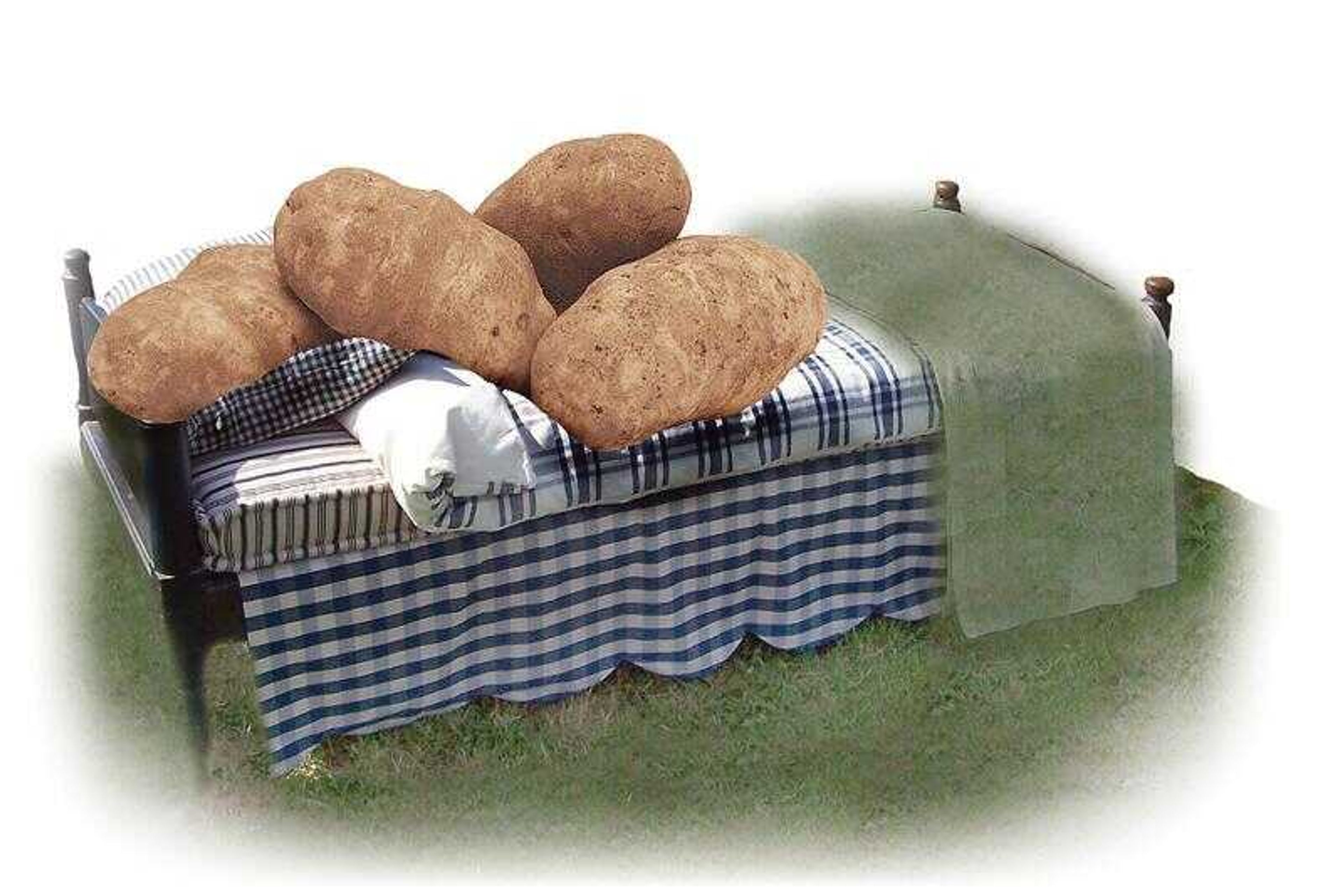Ready for bed: Columnist gives tips for closing out the garden for winter
Have you ever heard the phrase "Put it to bed for the winter"? Being from a farm family, this was a phrase often used to describe checking the antifreeze level, changing oil and lubricating the grain truck after harvest. It was also used to describe pruning and mulching roses before cold weather set in...
Have you ever heard the phrase "Put it to bed for the winter"?
Being from a farm family, this was a phrase often used to describe checking the antifreeze level, changing oil and lubricating the grain truck after harvest. It was also used to describe pruning and mulching roses before cold weather set in.
I woke up the other morning with a vision of putting the vegetable garden to bed for the winter. I saw a garden plot with green turnip tops, lettuce leaves and radish tops snugly nestled in a 6-inch blanket of brown, fallen leaves.
I had to laugh at the image in my mind.
Yet, when you think about it, putting your vegetable garden to bed for the winter is not such a bad idea. There are several things you can do to prepare it to yield a bountiful crop next year.
First check the pH of the soil. Either do this by buying a soil test kit at your local garden center or by taking the sample to your local university extension office.
The optimum pH is between 6.5 and 7.0. If you find the pH below those levels, make an application of lime to raise the pH.
The test kit or the university will give you recommendations on the amounts of lime needed for your garden.
If you live in an area that has a lot of clay in the soil, make an application of gypsum to the garden. Gypsum will make the soil more crumbly.
Plant roots will be able to penetrate deeper into the soil and supply the vegetables with more water and nutrients.
You may want to cover your plot with leaves or grass clippings. Both will supply your soil with needed organic matter when tilled in.
This organic matter also will help loosen up the tight clay found in the soil.
If your soil is sandy, the organic matter will help the soil hold moisture during the summer.
If you don't have a source of leaves or grass clippings, use peat moss. This organic matter should be applied at the rate of 3.8 cubic feet of peat per every 20 to 40 square feet of garden.
You will probably find that a tilling pan -- otherwise known as a plow pan -- has developed if you constantly till your garden. This layer develops in the soil just below where the tiller tines reach during tilling.
The tiller pan is a layer that will become almost impervious to root penetration.
Break up this layer by double digging (spading up the soil at the depth of two spade faces, about 12 inches) or by pulling a sub-soiler tooth behind a tractor through the garden at a spacing of one to two feet.
Weeds often will cover your garden in the fall. Spray them now with glyphosate.
Because our temperatures are cool, the herbicide will work slowly.
Weed control in the fall will reduce weed issues in the spring.
If you get all of these things done this fall, your garden soil can take a long winter's nap and be refreshed and ready to produce a bounty of vegetables next growing season.
Send your gardening and landscape questions to Paul Schnare at P.O. Box 699; Cape Girardeau, Mo. 63702-0699 or by e-mail to news@semissourian.com.
Connect with the Southeast Missourian Newsroom:
For corrections to this story or other insights for the editor, click here. To submit a letter to the editor, click here. To learn about the Southeast Missourian’s AI Policy, click here.










